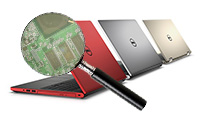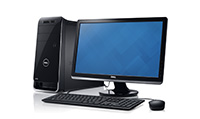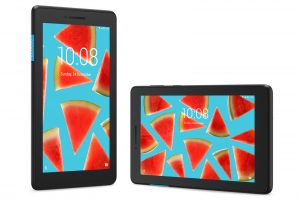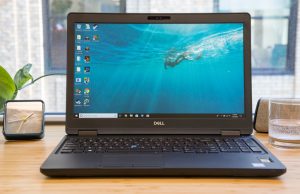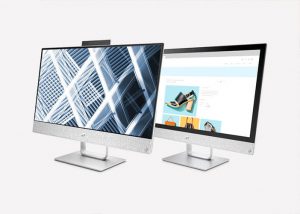

We know with Dell, the Inspiron desktops made themselves present as a purpose-driven innovative family, with a “brilliance on display” sort of notion. Furthermore, with Dell as a huge contender in the desktop market, another good one in particular, one to think of when comparing AIOs in general, is the XPS 18 1810 Portable All-in-One Desktop with Touch. This guy, another touch operable AIO, is tagged with as a series “made for movement”. These XPS 18s were made to move, designed to unplug and take with you as a set up wherever you may travel. All the while, the series provides the same, full-bodied taste as HPs, but specifically built with a lightweight design, and even feet made to extend the computer upright, so angle could play a role in its functionality (gaming, movies, work assignments, creativity, etc).


The Pavilion All-in-Ones come in 23.8, $749, and 27-inch $999 variants. Besides the two size options, there’s a lot more decision-making on the consumer- like whether they prefer Intel’s 6th generation CPU processors, said RealSense cameras, up to 16GB of RAM, and up to 3TB of storage. They offer up to 4K resolution, while HP’s separate, standalone monitor, the Pavilion Display, $399, features a Quad HD display, with two HDMI ports, a DisplayPort, and a USB hub.


One claim that these PCs seem to make is that they are for the creative. Yet, the screen itself tilts just 35 degrees, and although the new LCD screens include touch capability, there’s no pen input. There’s something missing. You see, if pen input were to be a factor here, the consumer would probably desire more of a tilt to do their work. So, portraying the Pavilion AIO as one to hold a strong suit for making art isn’t quite the real deal. However, in another aspect, not only are these stunningly redesigned, but the prices were also able to be kept low. The HP Pavilion All-in-One is readily available in the U.S., however with no exact quote on international pricing or availability just yet.

 Laptop & Tablet Parts
Laptop & Tablet Parts